We’ve been conditioned to think of fire as solely a destructive force, but for wildlife, forests, and meadows, fire can also be restorative and a force for good. Prescribed fire is #GoodFire.
It seems like an oxymoron that fire in an area can improve habitat for wildlife, but that’s precisely what prescribed fire does when applied to specific habitat types with planning and forethought. Just after the application of #GoodFire to a site, the landscape is charred and bare, but new grass, wildflower, and tree growth begin again immediately, with green shoots poking up through the blackened earth.
Every time there is a discussion about prescribed fire in Virginia, questions arise about the reasons why we burn at that specific times of the year. Biologists and land managers make the most of the limited supply of habitat we have in our control. The decision matrix for deciding when to conduct a prescribed burn is no different and must be carefully considered.

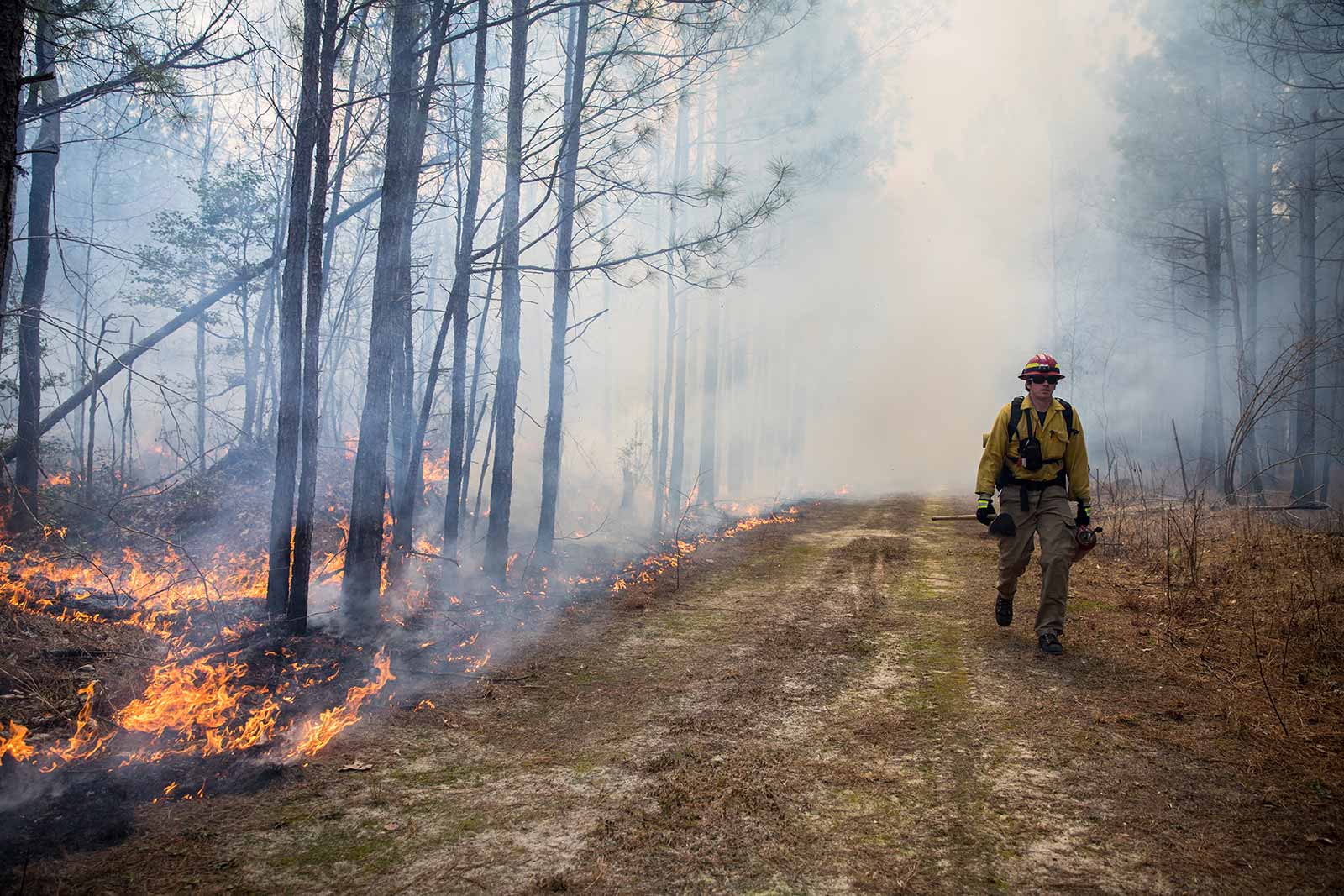
DWR’s Big Woods Wildlife Management Area is a stellar example of how prescribed fire can dramatically improve habitat for wildlife, including the endangered red-cockaded woodpecker.
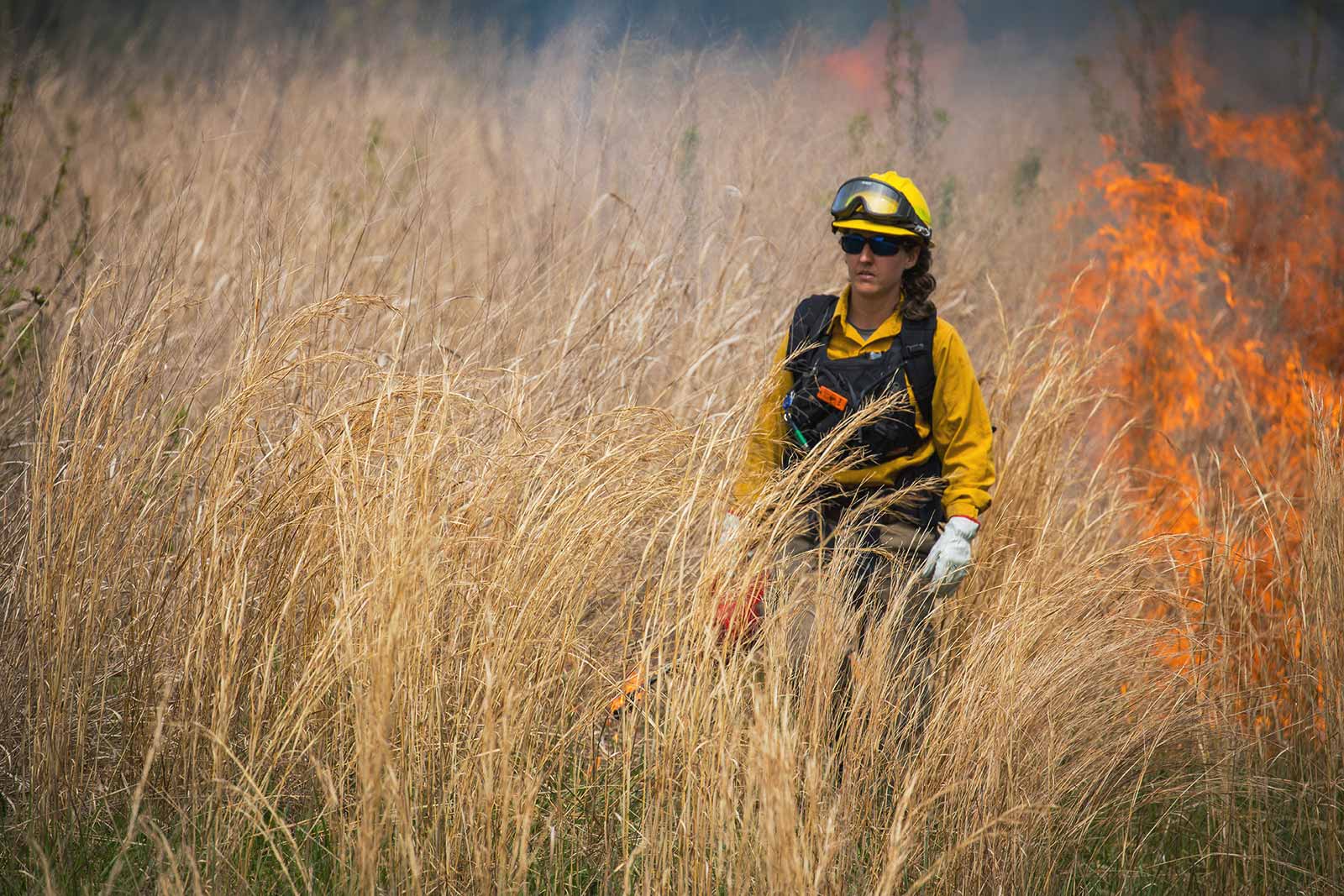
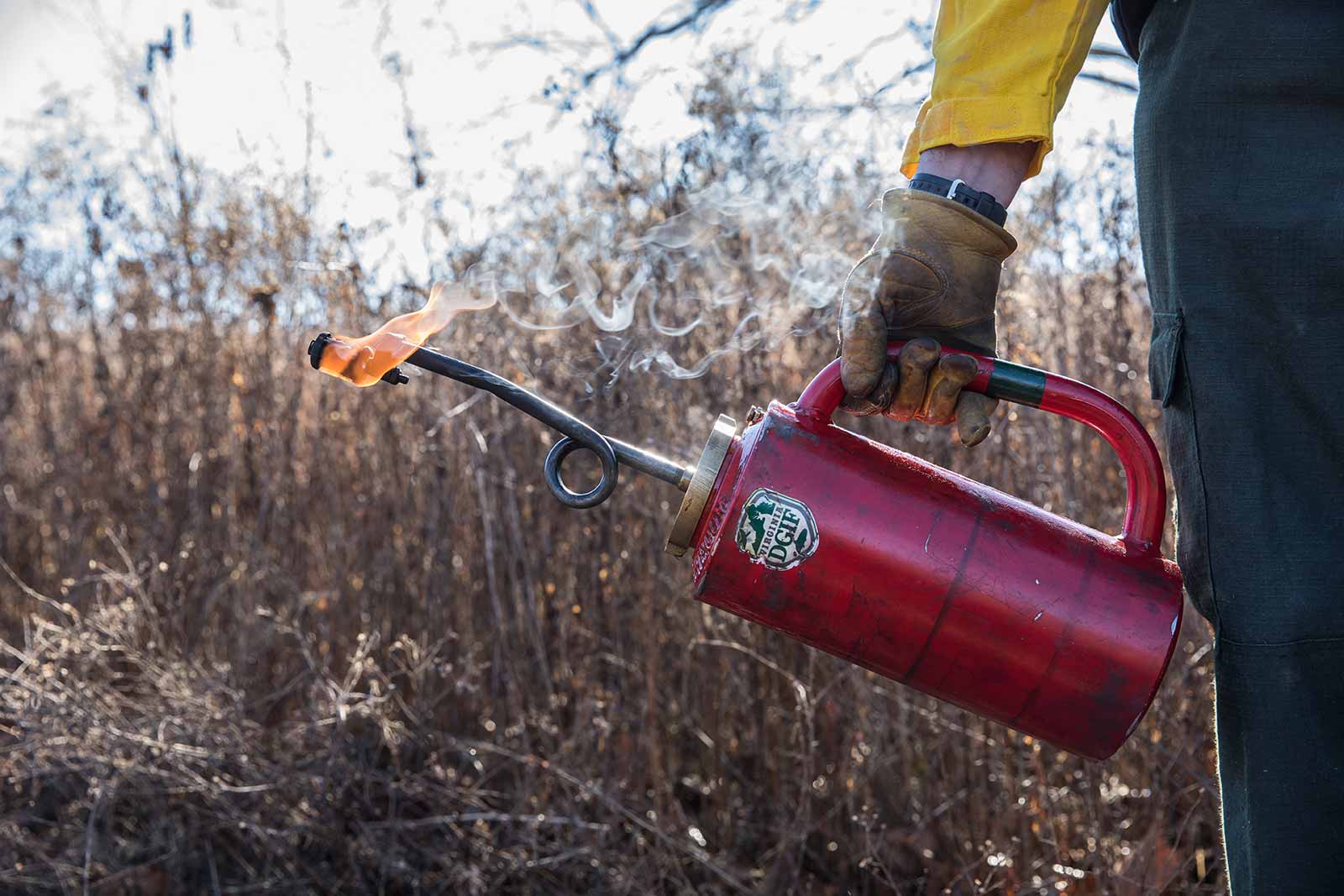
A wall of smoke and fire rolling across a Virginia mountaintop is normally a sight to stoke fear in nearby hikers and send local firefighters scrambling for their brush trucks.
But this fire, ignited intentionally at the Virginia Department of Wildlife Resources’ (DWR) Goshen and Little North Mountain Wildlife Management Area (WMA) by a professional crew using drip torches, two-way radios, and ATVs outfitted as fire engines, is neither out of control nor meant to run wild.
There’s a long history of wildfire as part of the ecology in Virginia from the Appalachian Mountains to the pine forests of the coastal plain. There’s also ample evidence that Native Americans and colonial settlers alike conducted controlled burns of certain areas for many reasons—from attracting wildlife to an area to clearing land for crops or establishment of home sites.
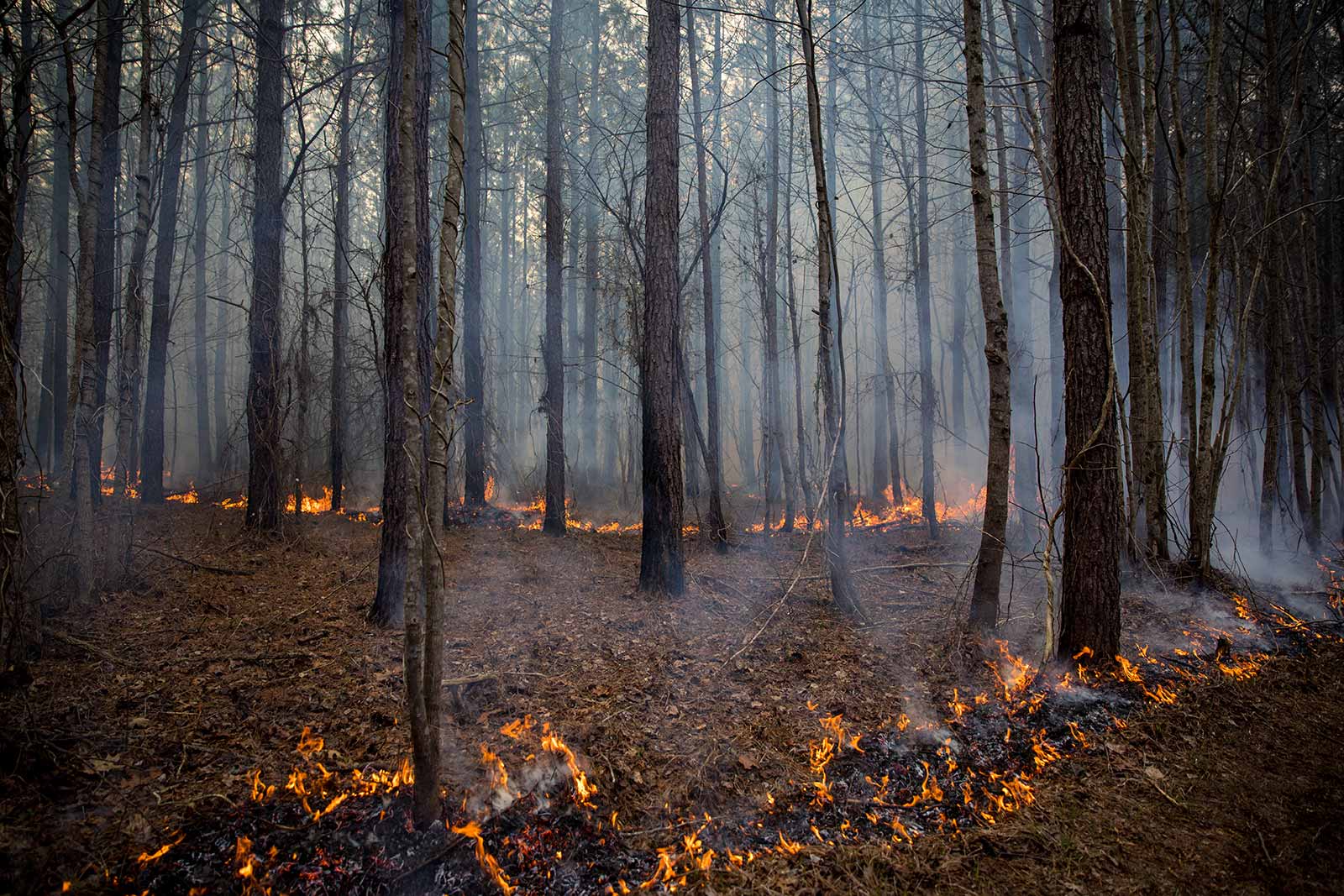
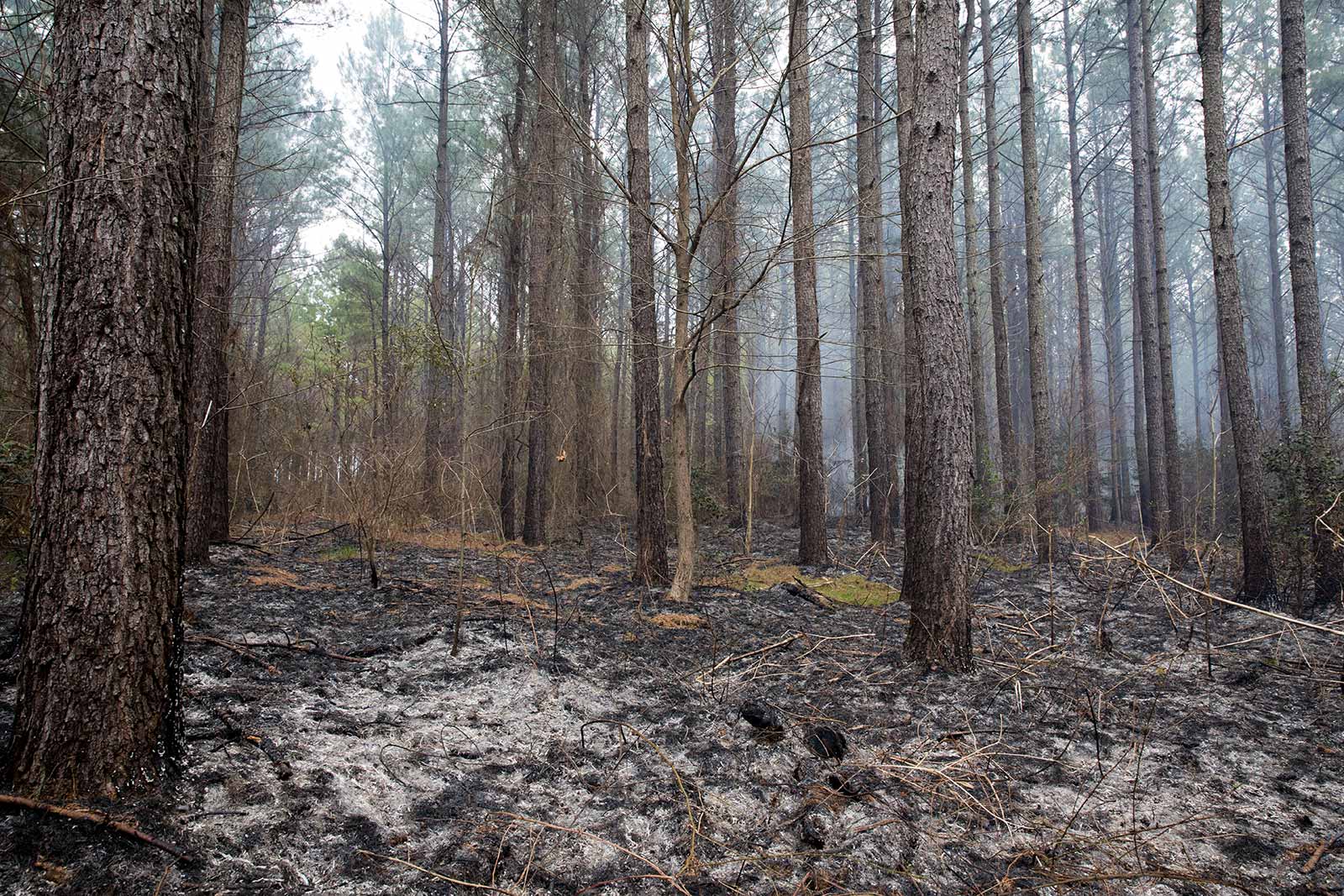
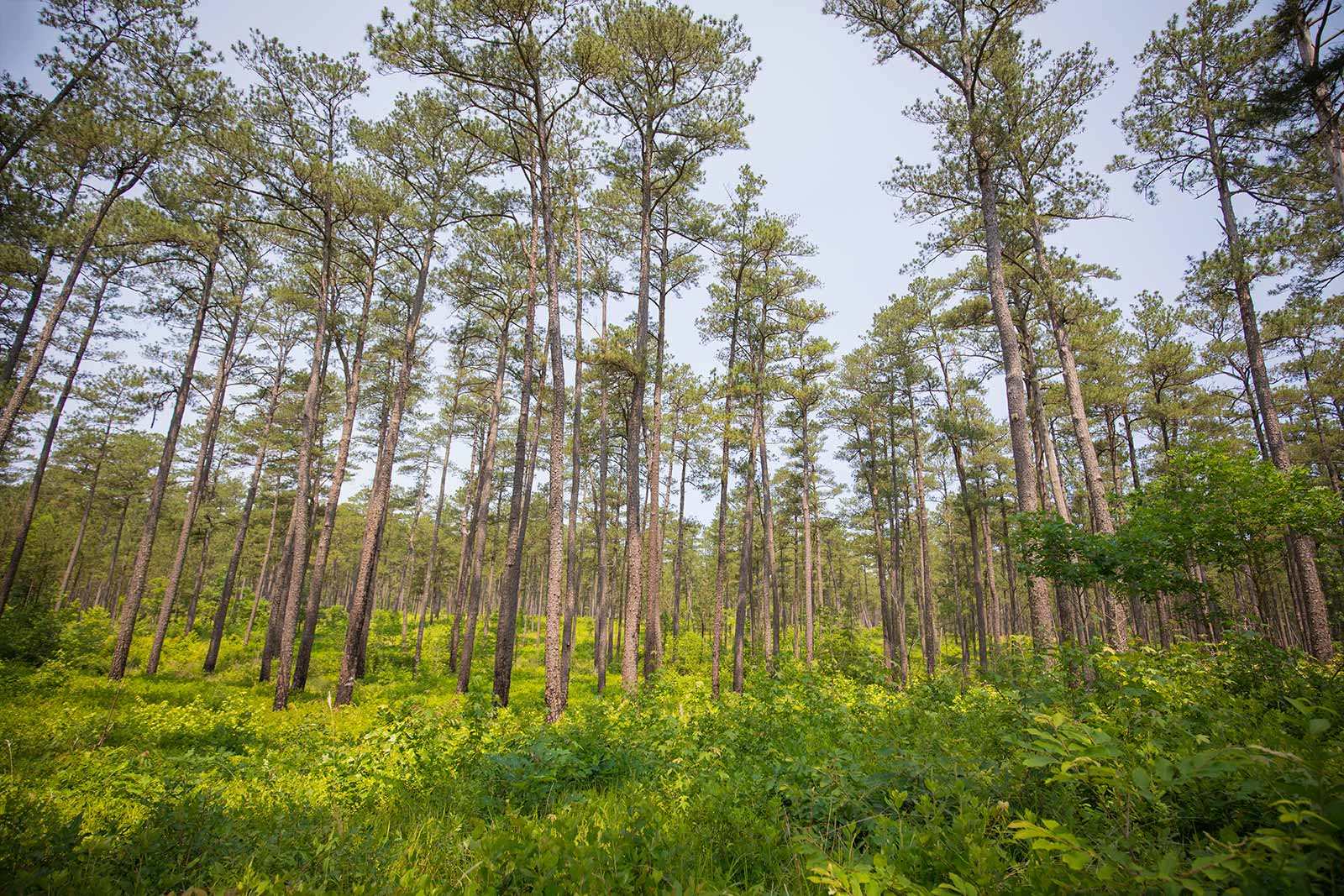
DWR’s prescribed fire program is made up of agency employees with a variety of expertise, from lands and access staff to fisheries biologists and from boating access maintenance technicians to Conservation Police Officers.

DWR isn’t going it alone in their prescribed fire program. There’s an extensive network of partnerships with other government agencies and environmental organizations.

We invite all Virginians to join us in our mission to ensure wildlife has healthy places to live and thrive by becoming a Restore the Wild Member. Your membership will help support projects across the state designed to restore and create wildlife habitat vital for their survival.
Want to Go with Us on a Prescribed Burn?
Join us for a virtual experience with DWR Fire Crew members Samantha Lopez and Jason Hallacher. Watch as they take you on a prescribed burn at Lake Shenandoah to help Restore the Wild.
Photography
Meghan Marchetti Lynda Richardson
Writing
Molly Kirk
Creative Direction
Tim Tassitano
Design
David Murr
Project Advisors
Mike Dye Jason Hallacher Stephen Living Samantha Lopez

